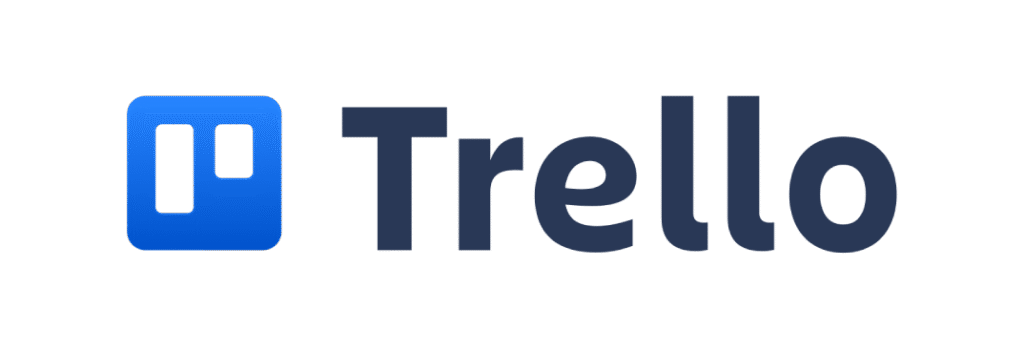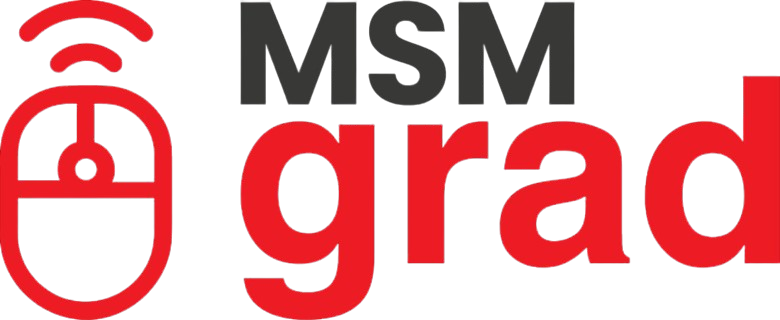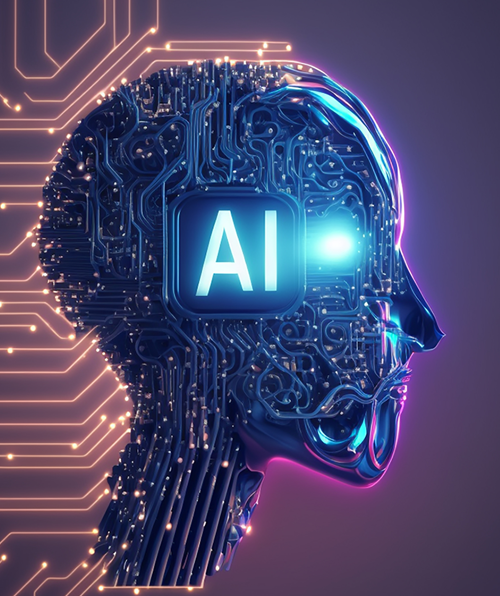Executive Diploma in Front-End & Back-End Web Technologies
Build your foundation as a Full-Stack Developer
This 6-month, career-focused diploma empowers learners with the essential front-end and back-end web development skills necessary for launching a successful career in full-stack software development. The course emphasizes practical project-building, version control, and web-based deployment—making you ready to contribute from day one.
Cohort Info
- Program Duration: 6 Months (110 Days | 24 Weeks)
- Next Cohort Launch: 1st of every month
- Application Deadline: 15th of every month
Key Highlights
- Front-end to Back-end development in one integrated program
- Strong focus on project building and Git-based version control
- Exposure to developer tools, browsers, and debugging practices
- Ideal for freshers or transitioners aiming at full-stack profiles
- Access to GitHub repositories and virtual simulation labs
Course Highlights
- Program Duration: 10 Months
- Number of Projects: 6 Applied Projects + 1 Capstone
- Live Sessions: 160 Hours (Instructor-Led)
- Self-Paced Learning: 80 Hours of structured assignments
- Credit Load: 18 Academic Credits
- Mode of Learning: Online ILT + Virtual Labs (Hybrid Optional)
- Language of Instruction: English
About Program
The program spans 6 months (110 days | 24 weeks), offering an intensive yet flexible learning schedule suitable for aspiring professionals and upskilling candidates.
Live Instructor-Led Sessions: 60 hours of interactive training with experienced mentors and industry experts.
Self-Paced Learning: 40 hours of guided assignments, recorded lectures, and curated resources accessible anytime.
Mode of Learning: Delivered entirely through Online Instructor-Led Training (ILT), integrated with Web Sim Labs and GitHub practice access for hands-on skill development.
Practical application is a key component of the curriculum:
Hands-on Projects: 10+ real-world practical tasks designed to reinforce core concepts.
Capstone Project: A comprehensive final project to showcase acquired skills and problem-solving capabilities in a simulated industry environment.
The program carries 10 academic credits, aligned with industry-recognized frameworks and standards for professional certification.
All sessions, materials, assessments, and interactions are conducted in English, ensuring global standardization and accessibility for a diverse learner base.
AI/ML Developers, Data Scientists | Mid-career upskilling |
Software Engineers, Python Developers | Transition to AI roles |
Researchers, Analysts, and Early Faculty | Domain specialization |
Graduates with Python & Math Foundation | Enter AI ecosystem |

Course Curriculum
Modules designed to meet current industry standards.
01
Web Development Basics: HTML5 & CSS3
02
JavaScript and DOM Manipulation
03
Git & GitHub for Developers
04
Backend Fundamentals with Node.js
05
REST APIs and Databases
06
Capstone Project: Build a Full Web Application
What You’ll Learn
Essential Skills & Tools for Leading Projects in the Digital Age
- HTML5, CSS3, and Responsive Design
- JavaScript Programming & DOM Manipulation
- Version Control using Git and GitHub
- Backend Programming using Node.js
- Databases using MySQL and MongoDB
- RESTful API Development Basics
- VS Code, Postman, Git, GitHub
- Web-based Simulators for Code Practice
- Local & Cloud-based Dev Environments
- Debugging & Troubleshooting using Chrome DevTools












Need to know more?




Need to know more?
Real People. Real Results
Real stories of career growth, skill mastery, and success after MSM Grad programs.
Visual Designer Isha K.
Junior Front-End Developer (Creative Agency)
I needed a methodical way to get from design to code. The 60-hour live sessions and 6-month pace helped me stay consistent, and the Web Sim labs helped to ease the anxiety associated with debugging. By the middle of the course, I had redesigned a landing page using vanilla JS and semantic HTML/CSS before switching to React. Because I work in Git and open clean PRs, page loads significantly decreased and developer handoffs went more smoothly.
Rahul V.
Associate Full-Stack (SaaS) Support Engineer
I needed enough backend so that I could start resolving tickets instead of just filing them. I was able to create a small issue tracker with pagination and auth thanks to the Node.js + MongoDB blocks and the fundamentals of REST. I finally learned how to use browser devtools correctly after we set up a basic CI step. It’s not ostentatious, but our internal tool is reliable, and I can describe options for everything from error handling to routes to schema.
Neha S.
IT final-year B.Sc. student
I had previously done tutorials, but nothing that involved production. I had to create a CRUD application with a clear README and setup instructions because of the order: HTML/CSS → JS → Git/GitHub → Node + MySQL. Mentors pushed for fundamental tests and significant commits. Interviews are now led by my capstone repository and portfolio website, where I discuss topics like responsive layouts, API design, and my next refactoring goals.
Arman Q.
B.Com. graduate → Future Full-Stack Developer
I had no starting point. I was able to create a small notes app with responsive UI, REST API, and free deployment thanks to my dual focus on front-end basics and basic backend patterns. I had never used Postman, Git, or basic logging before, but now I do it regularly. There was no quick change, but I came away with projects I understood and could build upon.
Real People. Real Results
Real stories of career growth, skill mastery, and success after MSM Grad programs.
Visual Designer Isha K.
Junior Front-End Developer (Creative Agency)
I needed a methodical way to get from design to code. The 60-hour live sessions and 6-month pace helped me stay consistent, and the Web Sim labs helped to ease the anxiety associated with debugging. By the middle of the course, I had redesigned a landing page using vanilla JS and semantic HTML/CSS before switching to React. Because I work in Git and open clean PRs, page loads significantly decreased and developer handoffs went more smoothly.
Rahul V.
Associate Full-Stack (SaaS) Support Engineer
I needed enough backend so that I could start resolving tickets instead of just filing them. I was able to create a small issue tracker with pagination and auth thanks to the Node.js + MongoDB blocks and the fundamentals of REST. I finally learned how to use browser devtools correctly after we set up a basic CI step. It’s not ostentatious, but our internal tool is reliable, and I can describe options for everything from error handling to routes to schema.
Neha S.
IT final-year B.Sc. student
I had previously done tutorials, but nothing that involved production. I had to create a CRUD application with a clear README and setup instructions because of the order: HTML/CSS → JS → Git/GitHub → Node + MySQL. Mentors pushed for fundamental tests and significant commits. Interviews are now led by my capstone repository and portfolio website, where I discuss topics like responsive layouts, API design, and my next refactoring goals.
Arman Q.
B.Com. graduate → Future Full-Stack Developer
I had no starting point. I was able to create a small notes app with responsive UI, REST API, and free deployment thanks to my dual focus on front-end basics and basic backend patterns. I had never used Postman, Git, or basic logging before, but now I do it regularly. There was no quick change, but I came away with projects I understood and could build upon.
Designed for Ambitious Professionals
- Front-End Developer
- Web Application Developer
- Junior Full Stack Developer
- Backend Web Developer
- Backend Web Developer
30- 60% Average Hike
Post Course Completion
Entry-Level: ₹3.5 to ₹5.5 LPA
Post-Experience (1–2 years): ₹6–8 LPA
Designed for Ambitious Professionals
- Front-End Developer
- Web Application Developer
- Junior Full Stack Developer
- Backend Web Developer
- Backend Web Developer
30- 60% Average Hike
Post Course Completion
Entry-Level: ₹3.5 to ₹5.5 LPA
Post-Experience (1–2 years): ₹6–8 LPA
You Asked, We Answered
Yes. This diploma is ideal for beginners and early-career professionals.
Yes. You receive an Executive Diploma jointly issued by MSM Grad and Industry partners.
Yes. Every module includes hands-on assignments, with a capstone project at the end.
Yes. All sessions are live online (ILT), and supported with assignments and virtual labs.
What programming experience do I need to start?







